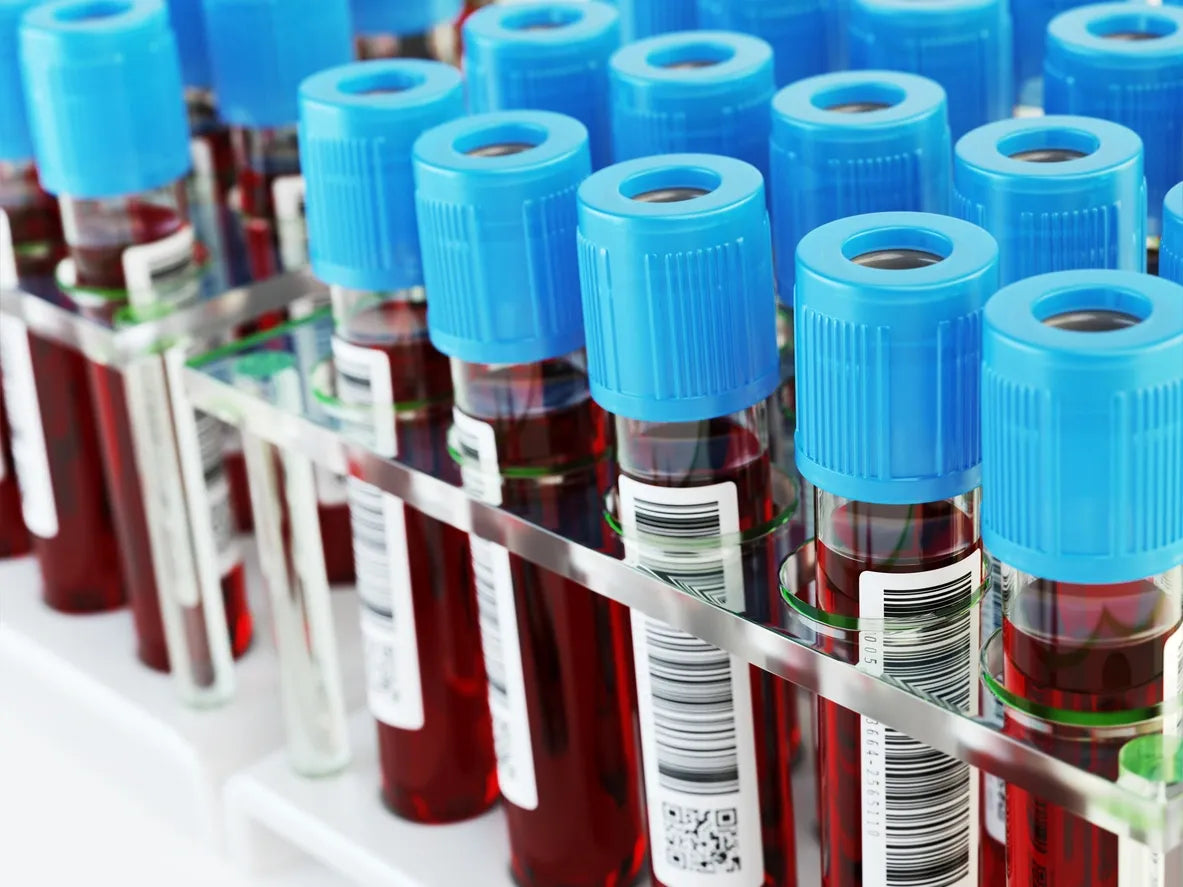
Understanding Endocrine and Metabolic Conditions
Learn about a wide range of hormonal, adrenal, thyroid, and metabolic conditions. Each article provides clear, concise information to help you better understand the causes, symptoms, and potential health impacts of these disorders.
Prolactinomas and Pituitary Tumors: Diagnosis, Symptoms, and Treatment
Prolactinomas are the most common type of pituitary adenoma, or noncancerous tumor of the pituitary gland. These tumors produce excess prolactin, a hormone responsible for stimulating breast milk production. Pituitary tumors, including prolactinomas, can cause a wide range of symptoms depending on their size and the hormones they affect.
Understanding the Pituitary Gland and Tumors
The pituitary gland is a small, pea-sized organ located at the base of the brain. Often referred to as the “master gland,” it regulates many hormones that control other endocrine glands in the body. A pituitary tumor can be classified as functional (hormone-secreting) or non-functional (non-secreting). Prolactinomas fall under the functional category.
Are Prolactinomas and Pituitary Tumors The Same?
No, prolactinomas and pituitary tumors are not exactly the same, but they are closely related.
- A pituitary tumor is any abnormal growth in the pituitary gland, which may or may not produce hormones.
- A prolactinoma is a specific type of pituitary tumor that produces excess prolactin, the hormone responsible for breast milk production.
So:
- All prolactinomas are pituitary tumors (specifically, hormone-producing ones).
- But not all pituitary tumors are prolactinomas—they could produce other hormones (like growth hormone or ACTH), or none at all.
Symptoms of Prolactinomas
Symptoms differ based on gender and tumor size:
- In women: Irregular or absent menstrual periods, infertility, breast discharge (galactorrhea), low libido.
- In men: Decreased libido, erectile dysfunction, infertility, and, in rare cases, breast enlargement.
- Large tumors (macroadenomas) may press on surrounding structures, leading to headaches, vision changes, and fatigue due to reduced function of other pituitary hormones.
Diagnosis
Diagnosis includes:
- Blood tests to measure prolactin and other hormone levels.
- MRI of the brain to visualize the pituitary gland and assess tumor size.
- Evaluation of thyroid, adrenal, and gonadal function, which can be suppressed by large tumors.
Treatment Options
-
Dopamine agonists (e.g., cabergoline or bromocriptine) are the first-line treatment for prolactinomas and can often shrink tumors and normalize prolactin levels.
-
Surgery may be considered for tumors resistant to medical therapy or causing significant mass effects.
- Radiation therapy is rarely used but may be necessary for aggressive or recurrent tumors.
How Health Force One Helps
At Health Force One, we specialize in diagnosing and treating pituitary disorders, including prolactinomas and other pituitary tumors. We offer:
- Comprehensive hormonal testing
- Expert endocrine care via telehealth
- Ongoing medication management and monitoring
- Referrals for imaging and surgical consultations
- Education and support to help patients manage symptoms and understand treatment options
Whether you’re experiencing unexplained symptoms like menstrual irregularities, sexual dysfunction, or headaches—or have already been diagnosed—we are here to guide your care every step of the way.
References
- Melmed S. (2022). Pituitary tumors: From bench to bedside. Nature Reviews Endocrinology, 18(7), 401–413. https://doi.org/10.1038/s41574-022-00692-0
- Fleseriu M, et al. (2020). Pituitary disorders: Diagnosis and management. The Lancet Diabetes & Endocrinology, 8(9), 736–747. https://doi.org/10.1016/S2213-8587(20)30142-3
- Freda PU, et al. (2021). Clinical practice guideline: Pituitary incidentaloma. Journal of Clinical Endocrinology & Metabolism, 106(10), 2937–2952. https://doi.org/10.1210/clinem/dgab447
- Colao A, et al. (2018). Treatment of prolactinomas in clinical practice: An expert consensus. European Journal of Endocrinology, 178(3), R1–R11. https://doi.org/10.1530/EJE-17-0795
- Casanueva FF, et al. (2017). Guidelines for diagnosis and treatment of prolactinomas. Journal of Endocrinological Investigation, 40(3), 299–319. https://doi.org/10.1007/s40618-016-0574-5
Would you like this formatted for a clinic brochure, blog post, or patient handout?


